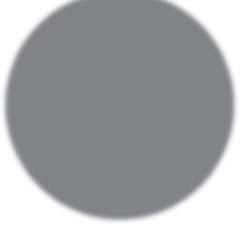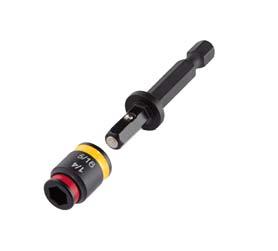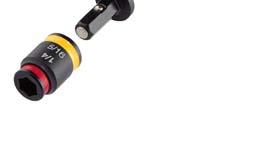
9 minute read
HIGH PERFORMANCE HVAC HVAC in the time of COVID
HVAC
HVAC IN THE TIME OF COVID
Over the past 30-plus years, my family and close friends have sometimes struggled to understand what exactly my company does. More recently, with the COVID-19 pandemic on everyone’s mind, they have looked at me a little quizzically and perhaps even hopefully and said, “You can help with this, right?”
Many are wondering whether the realm of high performance mechanical systems and energy efficient, airtight, properly ventilated homes could somehow be helpful in the fight against COVID-19. The short, and responsible answers are “No,” “Not really,” or at least “Not directly.”
The definitive and unequivocal advice from health professionals to physical distance, handwash properly, self-isolate and to avoid touching one’s face follows the science of the spread of viruses, which is an intimate and localized process.
These are all significantly more important than imagining that when you sneeze, contaminated droplets would be immediately whisked away by the return air of an HVAC system and scrubbed by a HEPA filter or sterilized by a UV light rather than entering the breathing zone of your loved ones.
There are indoor air quality strategies and environmental factors that researchers have found reduce the risk of exposure and can affect both the viability or “infectivity” of airborne viruses and the strength of our own defense systems, however.
Professional HVAC contractors have an important part to play in providing ever safer, healthier, more comfortable environments both for the current compelling pandemic conditions and for the long term; after we wash our hands, clean surfaces and practice physical distancing when out in public, of course.
REMOVE, ISOLATE, VENTILATE AND FILTER
Perhaps, not surprisingly, IAQ professionals have been applying a number of strategies to the much wider range of all potential pollutants in both residential and commercial spaces for years. There are four clear strategies for improving and controlling indoor air quality, which can also be effective when considering the impact of viruses, and they should always be applied in proper order.
1 REMOVE potential pollutant sources. Requiring people to physically distance or to ensure potentially affected people stay home would be an example of this strategy in commercial and institutional situations. 2 ISOLATE pollutants from susceptible occupants.
In a residential setting, this could mean creating a safe room or space for an elderly family member. 3 Properly VENTILATE occupied spaces. 4 Provide appropriate FILTRATION.
Gord Cooke Gord is a professional engineer who has spent 20 years helping builders and HVAC contractors implement innovative technologies into high-performance homes. He has particular expertise in IAQ and airflow management in houses, and can be contacted at gcooke@airsolutions.ca.
OPPORTUNITIES AND RESPONSIBILITIES
ASHRAE has stated that HVAC systems can reduce the concentration of airborne contaminants, such as COVID-19 virus droplets. As such, contractors should both broaden and deepen their product and service offerings to meet the needs of clients. The isolation strategy presents, in my opinion, the most resilient of solutions. In a residential setting start by asking about “at risk” or susceptible occupants. Perhaps you could create an isolated zone with a separate ductless system and a fresh air duct from an energy recovery ventilator using a HEPA filter while maintaining a positive pressure in that room. I was asked by the owner of a physiotherapy, massage and fitness facility about isolating and flushing out the air from small treatment rooms between appointments. My recommendation was an exhaust fan with a large enough capacity to maintain a negative pressure in each treatment room, complimented by their surface cleaning protocol between appointments. Both of these isolation strategies emphasized the need for ventilation. This is in keeping with the leading experts’ advice. Thus, check the rooftop economizer dampers and measure ventilation rates being delivered to the office buildings you service. I have spoken to a number of property managers who want a certificate confirming their building is ventilated to rates in accordance with the latest ASHRAE 62.1 standard.
For residential clients, service their HRV, upgrade it to a more efficient ERV with ECM fan motors and remind them of the need for continuous mechanical ventilation, especially in the time of the pandemic. With respect to filtration, you will find that ASHRAE supports the use of residential air handling system filters with a MERV rating of at least 13. Be sure to measure the pressure drop across the filter and adjust the fan speed accordingly, to ensure you have proper airflow.
Perhaps the best opportunity when thinking about the whole building, however, is to properly manage the relative humidity of indoor spaces. Appropriate relative humidity levels can both strengthen the human body’s own defenses and lower the viability of viruses, such as influenza. We have long known that humidity is an important element of healthy, comfortable environments. Much of that knowledge can be visualized in the following chart.
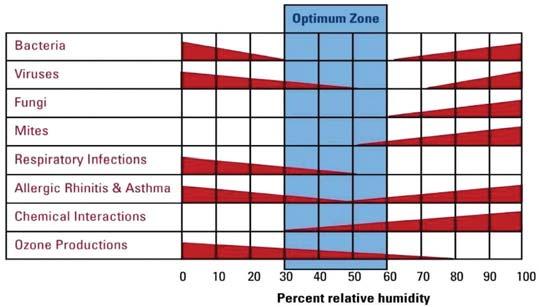
Referred to as the Sterling Chart, it was first published in 1985 and formed the basis for recommendations of proper humidity control in the popular About Your House series from Canada Mortgage and Housing Corporation. This chart still appears as the basis for environmental control in the 2016 ASHRAE - HVAC Systems and Equipment Handbook. It may seem counter-intuitive but pathogens like viruses and bacteria have higher virulence at relative humidity ranges outside of 40 to 60 per cent. In our Canadian climate, we have struggled to maintain a relative humidity above 30 per cent in houses in winter, and we often see basements above 60 per cent throughout the spring and summer. The current environment highlights the need and opportunity for better humidity control, including properly maintained, reliable humidifiers for winter and then specific dehumidification strategies for the spring and summer. The key word is control. As much as we might like to suggest more than 40 per cent all winter long, we know on very cold days that would create excessive window condensation or even moisture issues in attics and wall cavities. DEACTIVATING THE VIRUS
It’s not unusual for an HVAC contractor to get questions about technologies that kill or deactivate viruses, such as UV-C light. This technology requires specialized application engineering to be effective and safe, and can be a risk to people, pets and plants, so use caution with these products, and follow all manufacturer recommendations, especially safety protocols.
A STATEMENT FROM ASHRAE According to ASHRAE, transmission of SARS-CoV-2 through the air is sufficiently likely that airborne exposure to the virus should be controlled. Changes to building operations, including the operation of HVAC systems, can reduce airborne exposures. Ventilation and filtration provided by HVAC systems can reduce the airborne concentration of SARSCoV-2, and thus the risk of transmission through the air. In general, disabling of HVAC systems is not a recommended measure to reduce the transmission of the virus.
HVAC/R Products
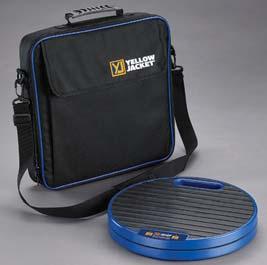
Refrigerant Scale The Yellow Jacket wireless refrigerant charging scale from Ritchie Engineering has a 220 lb. capacity and Bluetooth communications capabilities. The device can be controlled and operated with any smart device using the company’s YJACK VIEW app. www. yellowjacket.com
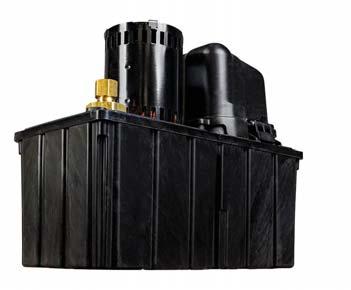
Condensate pumps The Little Giant HT-VCL Series of hightemperature condensate pumps are designed to handle plenum and commercial applications. The e pumps are available in 1/8 and 1/3 hp models, with flows up to 575 gph at 5 feet of head pressure. The pumps include 14-foot lead wires, with separate leads for overflow detection switch. . www. littlegiant.com
Condensing unit
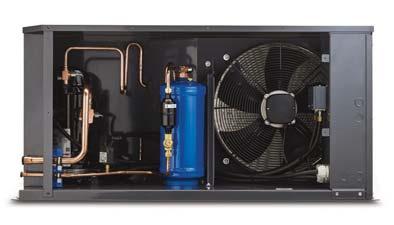
The Danfoss Optyma Slim condensing unit for low- and medium-temperature applications features microchannel heat exchangers and scroll compressors. The units come preequipped with a defrost timer, filter drier and sight glass. Offered in sizes ranging from 1.5 hp to 10 hp, they are available for use with R-134a, R-404a or R-448/9A. www. danfoss.com
Follow Us on:
Everything you need to install a return air system
Return Air Frames Thermopan Snap Clamps
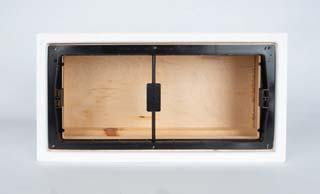
Plastic alternative to metal return air frames
Filtered and windowed options keep system clean during installation Tested and trusted since 1992
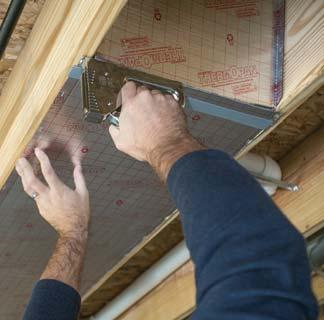
Find spec sheets, install videos and more at thermopan.ca
Simple and cost-effecitve pipe hanging solutions
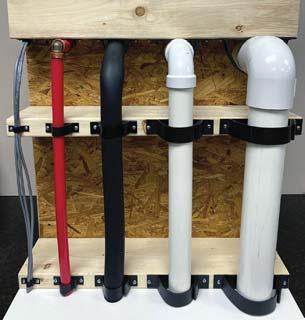
Copper, PVC, ABS and more
UV protected for outdoor use

HVAC/R Products
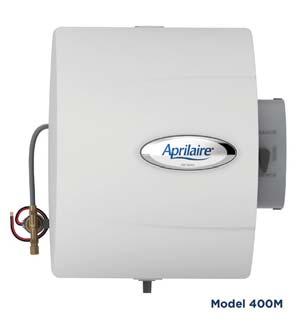
Humidifier The Aprilaire Model 400M drainless humidifier has an evaporation capacity of up to 17 gallons per day and is designed to humidify homes up to 4,000 square feet in size. The model comes with a digital control that shows humidity level, when to change the water panel, and when service is needed. www. aprilaire.com
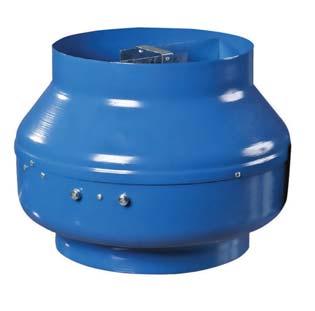
In-line duct fans Continental Fan’s AXS EC in-line duct fans for residential, commercial and light industrial ventilation applications feature an electronically commutated motorized impeller. The speedcontrollable fans are available to fit duct sizes from 4” to 12”, with airflow capacities ranging from 151 cfm to 801 cfm. www. continentalfan.com
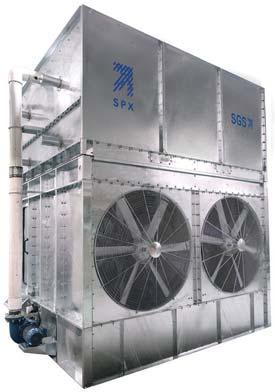
Evaporative condenser The SGS IEC blow-through evaporative condenser from SPX Cooling Technologies is designed to meet the requirements of industrial refrigeration airside applications. Design elements include an optional hot-dip galvanized casing, built-in spreader bars, and self-aligning top and bottom modules. Models are available in 10-foot and 12-foot widths, and in four lengths ranging from 12 to 36 feet. www. spxcooling.com
MSHC 2 in.
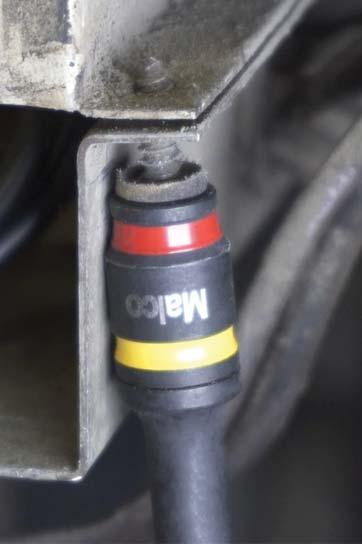

16% % %166% SLIM SLISLLIMIMMMERMMEER! R! ! ! 16% SLIMMER!
Design Enhancement SLIMMER C-RHEX® 1/4 in. and 5/16 in. CLEANABLE, REVERSIBLE, MAGNETIC HEX DRIVERS U.S. Patent No. 10,328,554
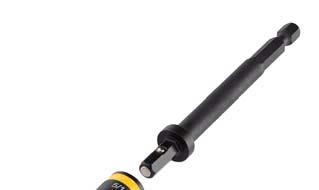
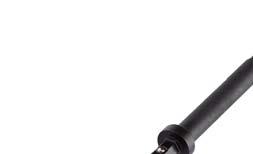
Available in 4 Lengths Available in 4 L
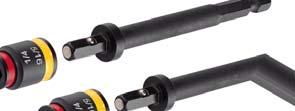
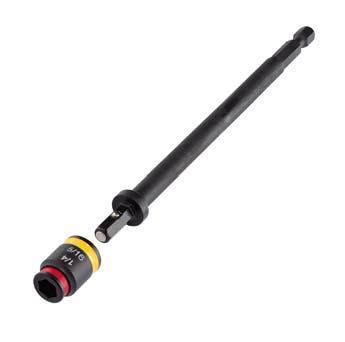
MSHMLC 4 in.
MSHLC HLC MSHXLC MSHX XLCHX 2-5/8 in. /8 in. 6 in. 6 in. New Slimmer Design Enhancement reduces the 1/4 in. size by 16%, to SlimmerDesignEnhancementreducesthe 1/4 insieb16% toe gain easier access in tight spaces for ultimate flexibility and productivity!
